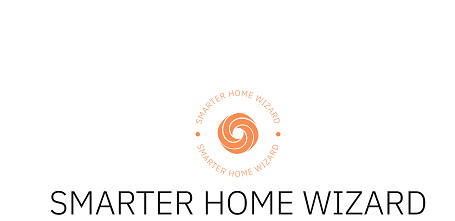Navigating the complexities of modern networking can be challenging, especially with the increasing use of Carrier-Grade Network Address Translation (CGNAT) by Internet Service Providers (ISPs). CGNAT helps manage the limited availability of IPv4 addresses but often complicates remote access to home networks. This article delves into the intricacies of CGNAT and offers practical solutions for accessing your Home Assistant setup despite these hurdles. Whether you’re a tech enthusiast or a homeowner looking to streamline your smart home experience, our guide provides clear, actionable steps to overcome the limitations .
Introduction
What is Home Assistant Behind CGNAT? 🤔🏠
When your Home Assistant is behind CGNAT (Carrier-Grade Network Address Translation), it means your smart home system is on a private network shared with others by your ISP. 🌐 This setup can make remote access tricky because your home doesn’t have a unique public IP address. 😅 But don’t worry! With solutions like VPNs, IPv6, reverse proxies, and Cloudflare Tunnel, you can still control your smart home from anywhere! 🚀🔧✨ Stay connected and keep your home automation running smoothly! 🏡💡
If you’re running Home Assistant behind a CGNAT (Carrier-Grade Network Address Translation), you might have encountered challenges accessing your smart home setup remotely. Fear not! This guide will walk you through various methods to overcome these hurdles and ensure you can control your home from anywhere. 🌐✨
Understanding CGNAT 🧠
CGNAT is a type of network address translation used by ISPs to manage the shortage of IPv4 addresses. While it helps ISPs, it can be a headache for users trying to access their home networks remotely. CGNAT assigns private IP addresses to multiple users, making direct access to your Home Assistant tricky. But don’t worry, we’ve got solutions! 💡
Solutions to Access Home Assistant Behind CGNAT 🔧
-
Using a VPN 🌍🔒
One of the most reliable methods is setting up a VPN (Virtual Private Network). A VPN allows you to create a secure connection to your home network over the internet.
Steps to Set Up a VPN:
- Choose a VPN Service: Opt for services like Tailscale or ZeroTier, which are user-friendly and effective.
- Install the VPN: Follow the installation instructions provided by the VPN service.
- Configure the VPN: Set up the VPN on your home network and devices you want to use for remote access.
- Connect to Your Home Network: Use the VPN to securely connect to your home network and access Home Assistant.
-
Utilizing IPv6 🌐
If your ISP supports IPv6, you can bypass CGNAT entirely. IPv6 provides a vast number of IP addresses, eliminating the need for CGNAT.
Steps to Enable IPv6:
- Check ISP Support: Confirm that your ISP supports IPv6.
- Enable IPv6 on Your Router: Access your router settings and enable IPv6.
- Configure Home Assistant: Ensure Home Assistant is configured to use IPv6.
-
Reverse Proxy Setup 🔄
A reverse proxy can help you access Home Assistant by forwarding requests from a public IP to your private IP behind CGNAT.
Steps to Set Up a Reverse Proxy:
- Choose a Reverse Proxy Service: Nginx and Caddy are popular choices.
- Install the Reverse Proxy: Follow the installation instructions for your chosen service.
- Configure the Proxy: Set up the reverse proxy to forward requests to your Home Assistant instance.
- Secure with SSL: Use Let’s Encrypt to secure your connection with SSL certificates.
-
Cloudflare Tunnel ☁️🔗
Cloudflare Tunnel (formerly Argo Tunnel) allows you to securely expose your Home Assistant to the internet without opening ports on your router.
Steps to Set Up Cloudflare Tunnel:
- Sign Up for Cloudflare: Create an account on Cloudflare.
- Install Cloudflare Tunnel: Follow the installation instructions for Cloudflare Tunnel.
- Configure the Tunnel: Set up the tunnel to forward traffic to your Home Assistant.
- Secure Your Connection: Use Cloudflare’s security features to protect your setup.
Additional Tips and Tricks 🛠️
- Dynamic DNS: Use a dynamic DNS service to keep track of your changing IP address.
- Port Forwarding: If possible, configure port forwarding on your router to direct traffic to Home Assistant.
- Security First: Always prioritize security by using strong passwords and enabling two-factor authentication.
Conclusion 🎉
Accessing Home Assistant behind CGNAT might seem daunting, but with the right tools and configurations, it’s entirely possible. Whether you choose a VPN, IPv6, a reverse proxy, or Cloudflare Tunnel, each method has its benefits. Experiment with these solutions to find the one that works best for you. Happy automating! 🏡✨



